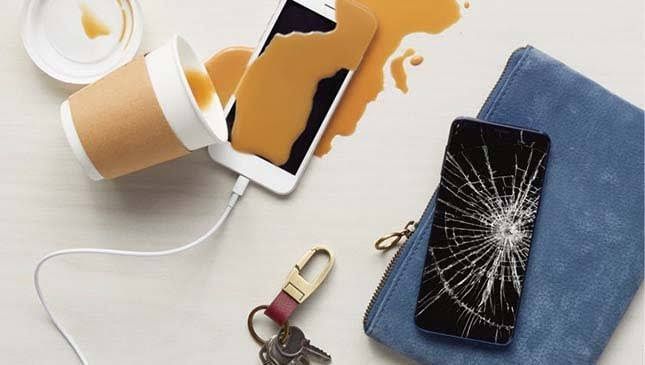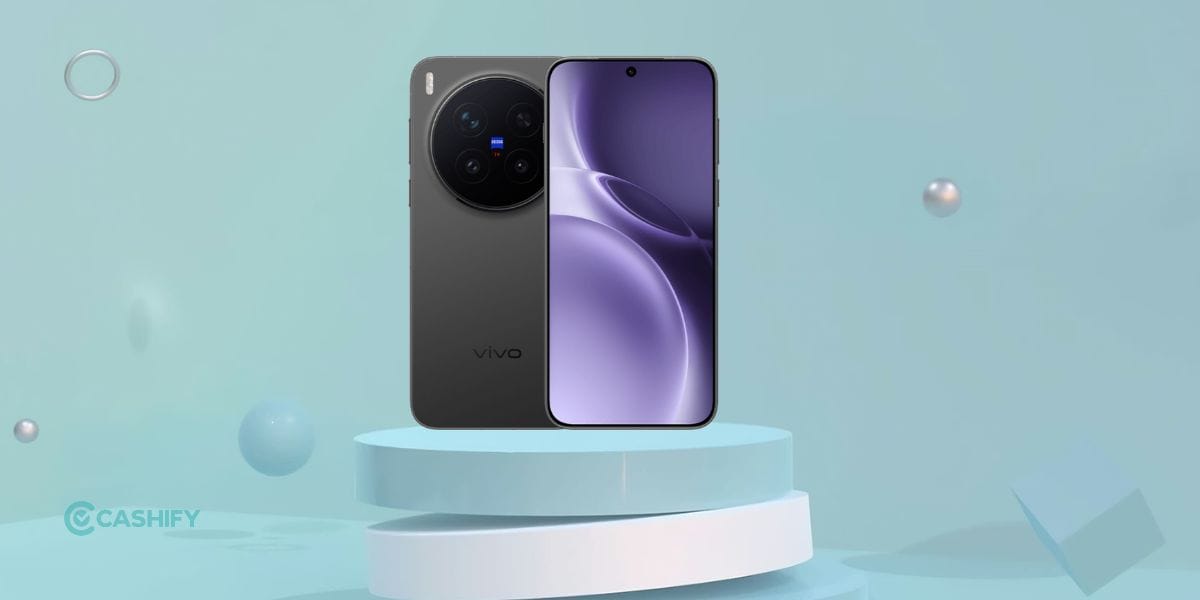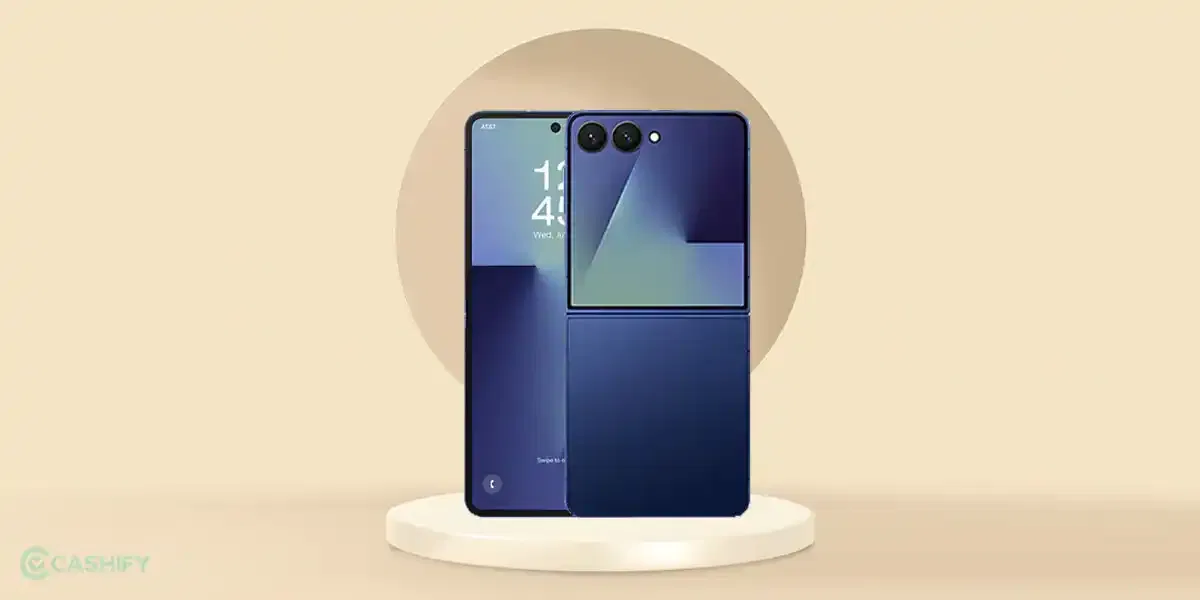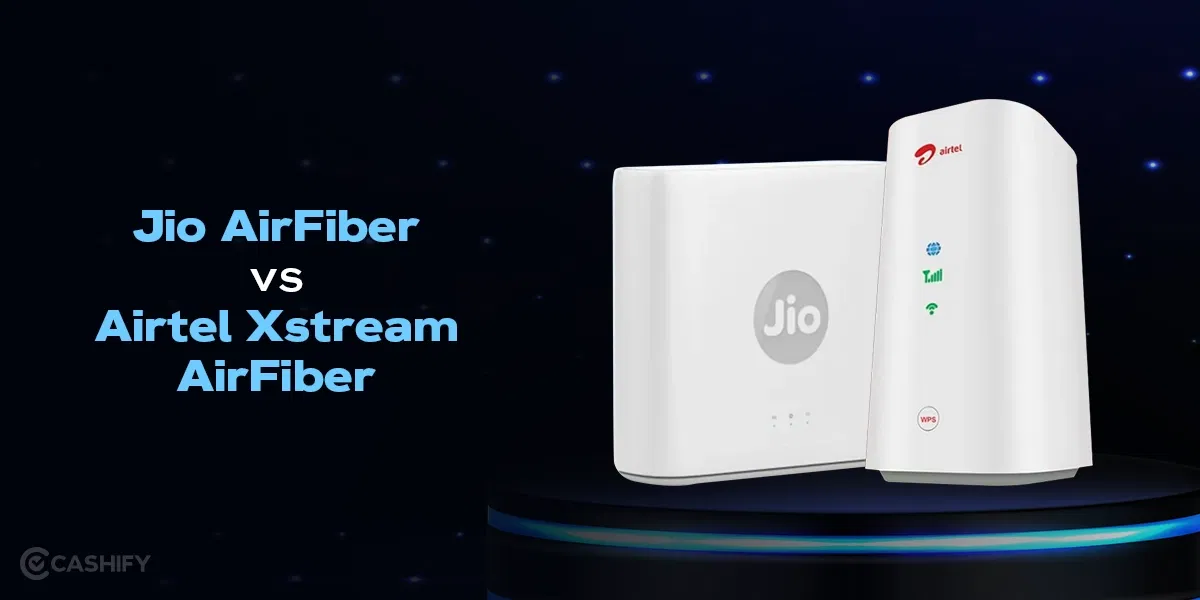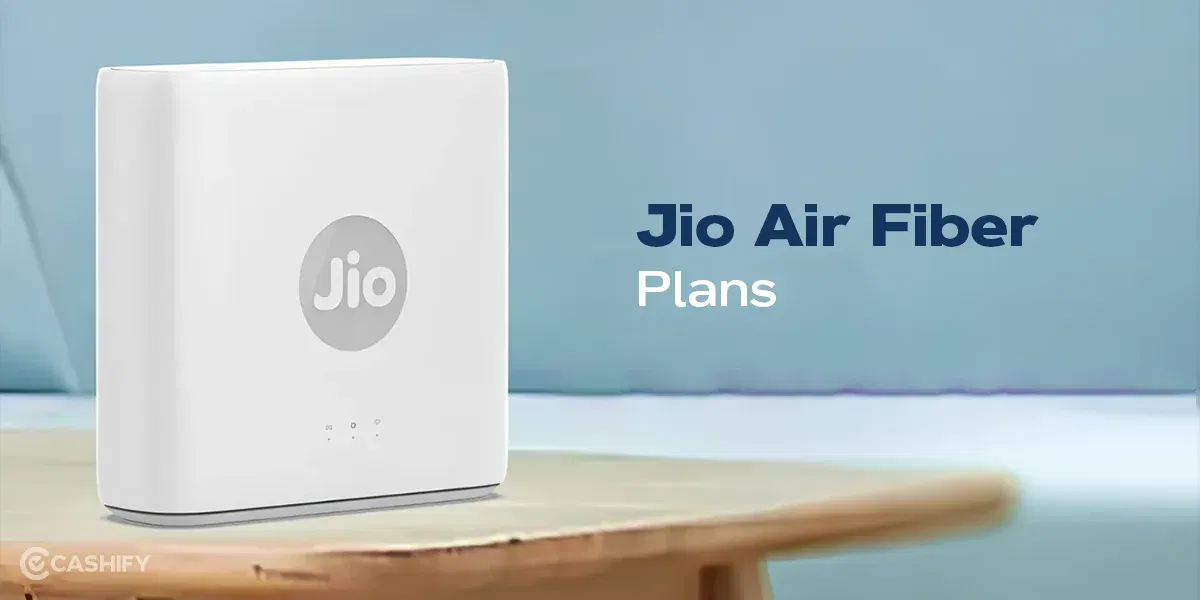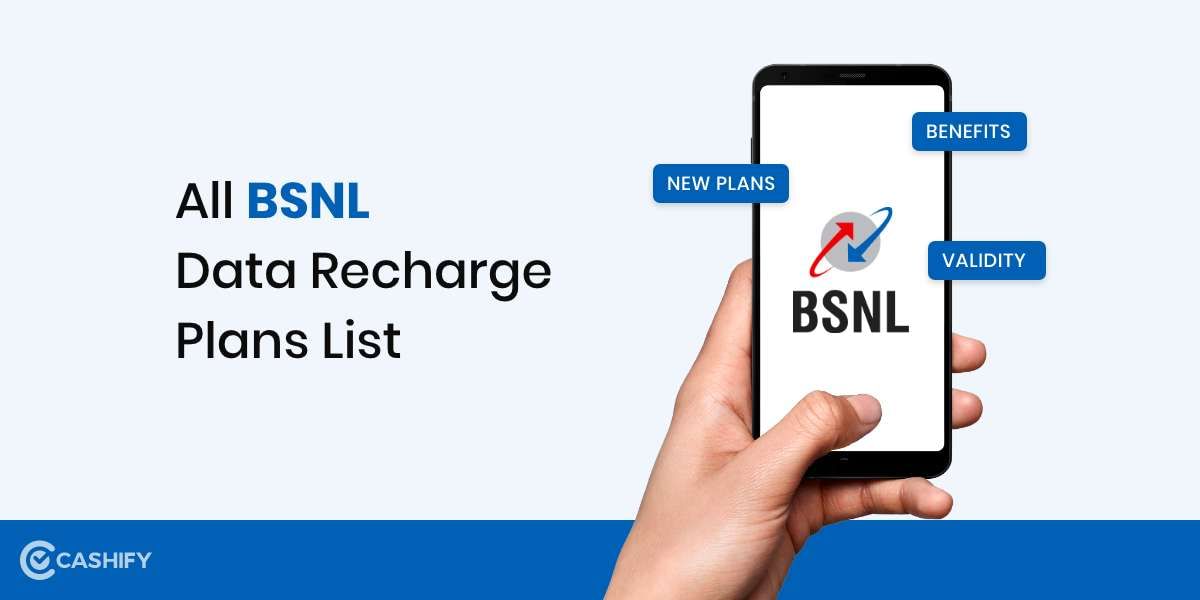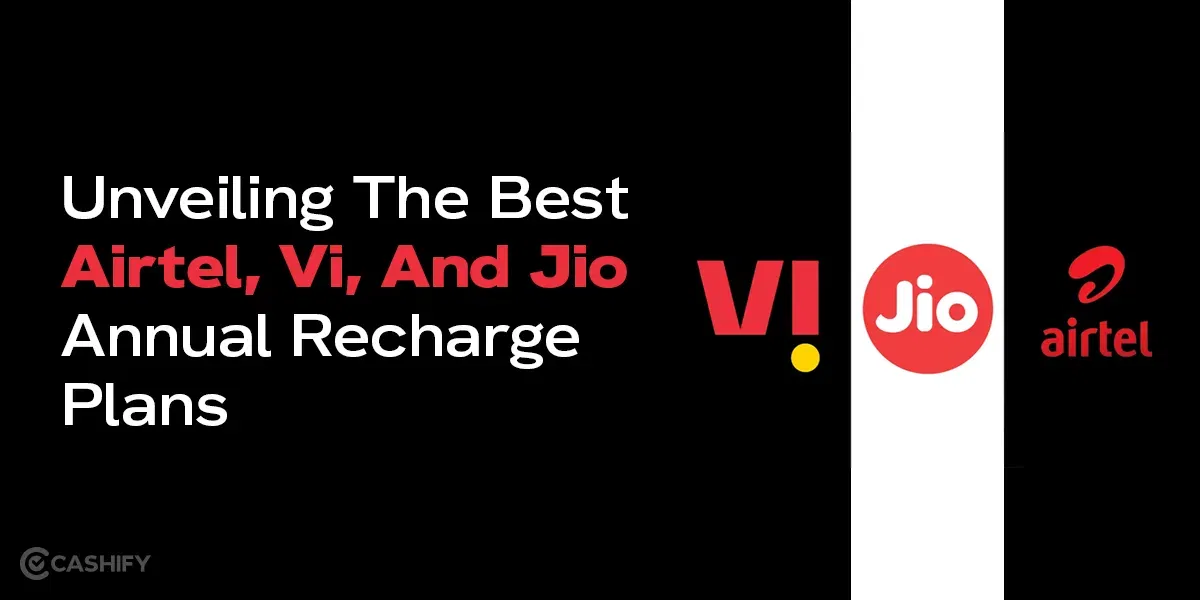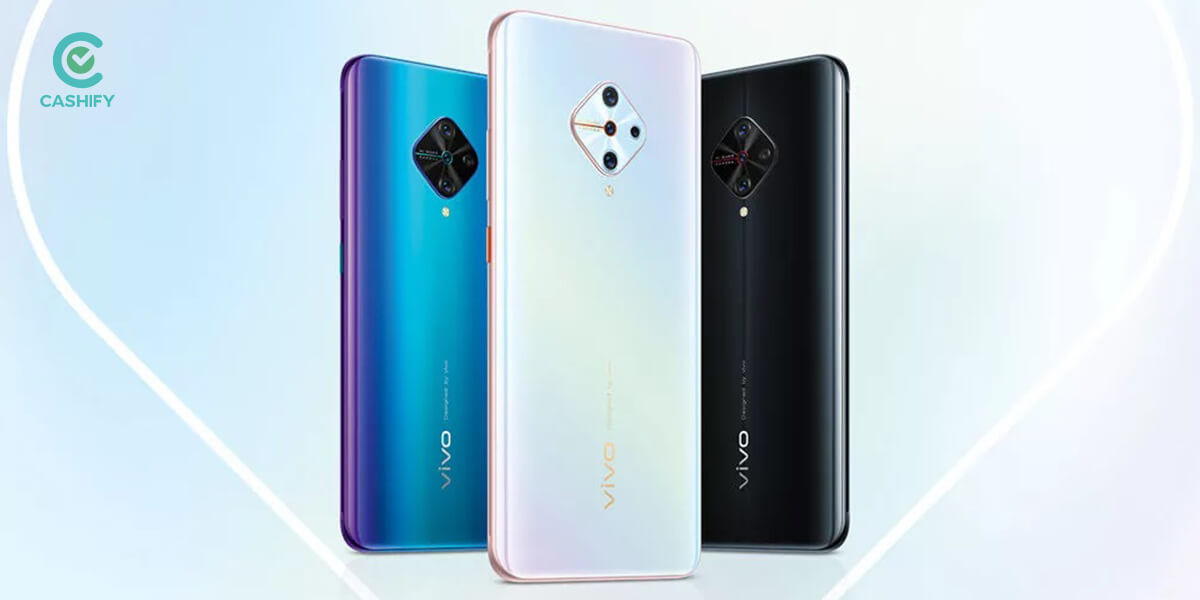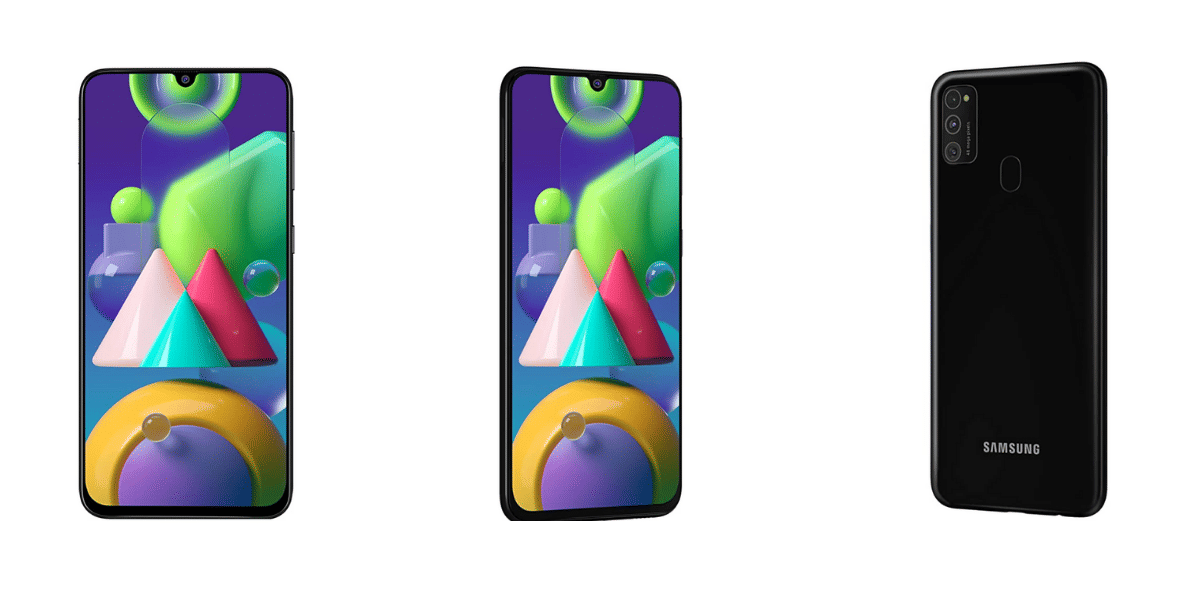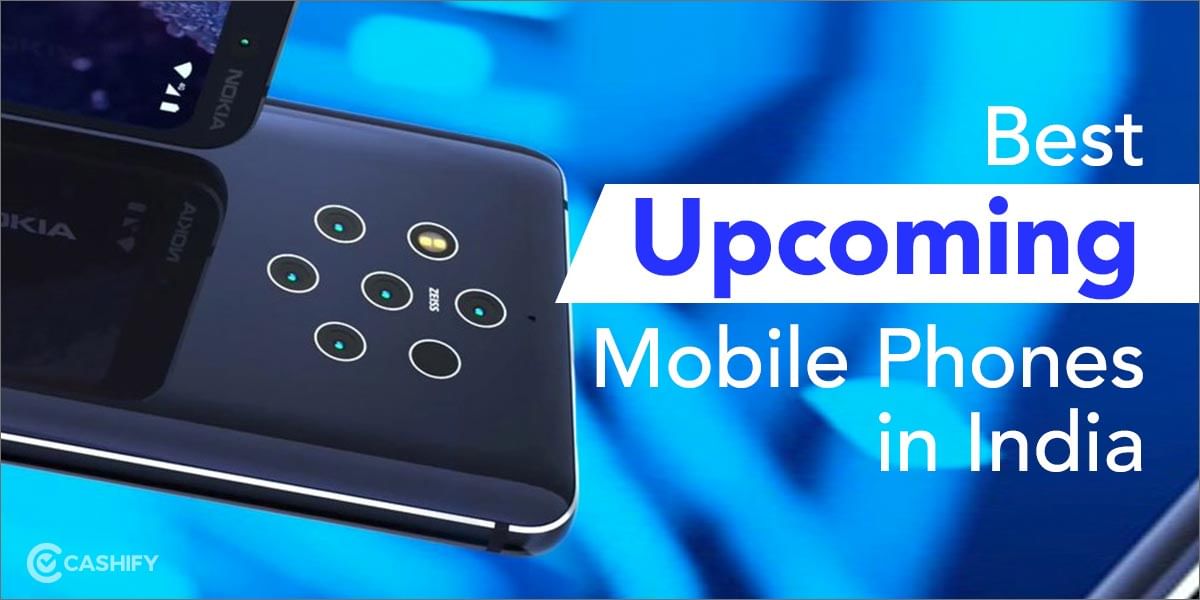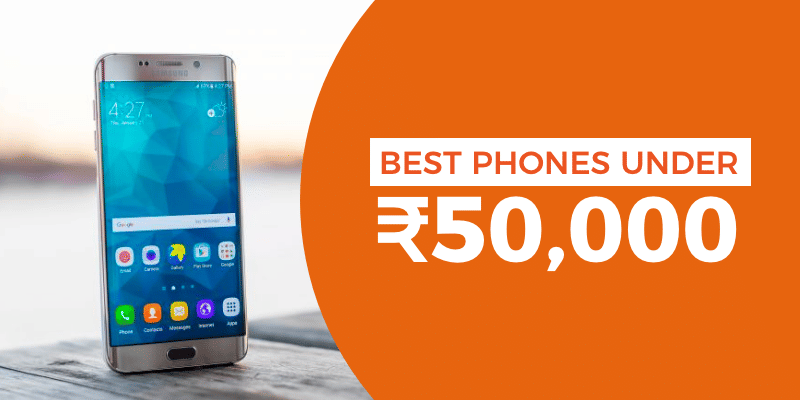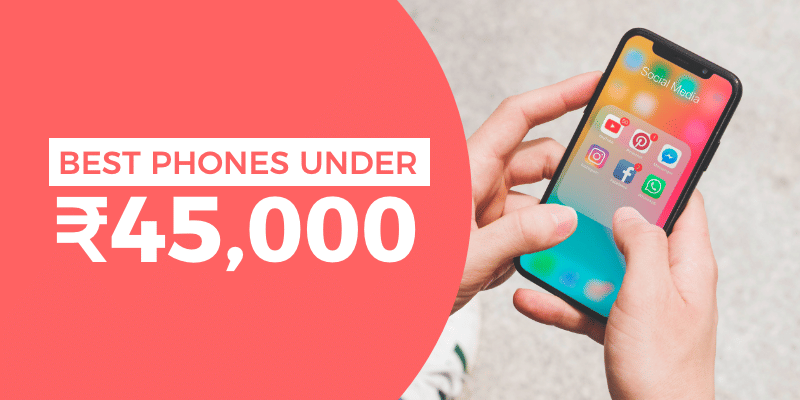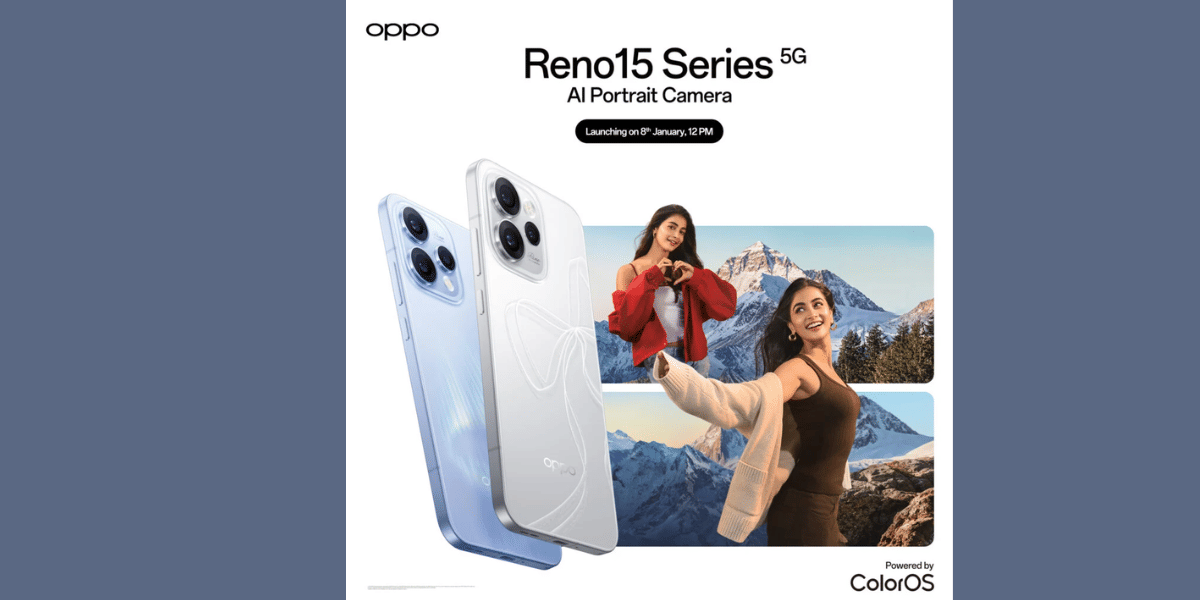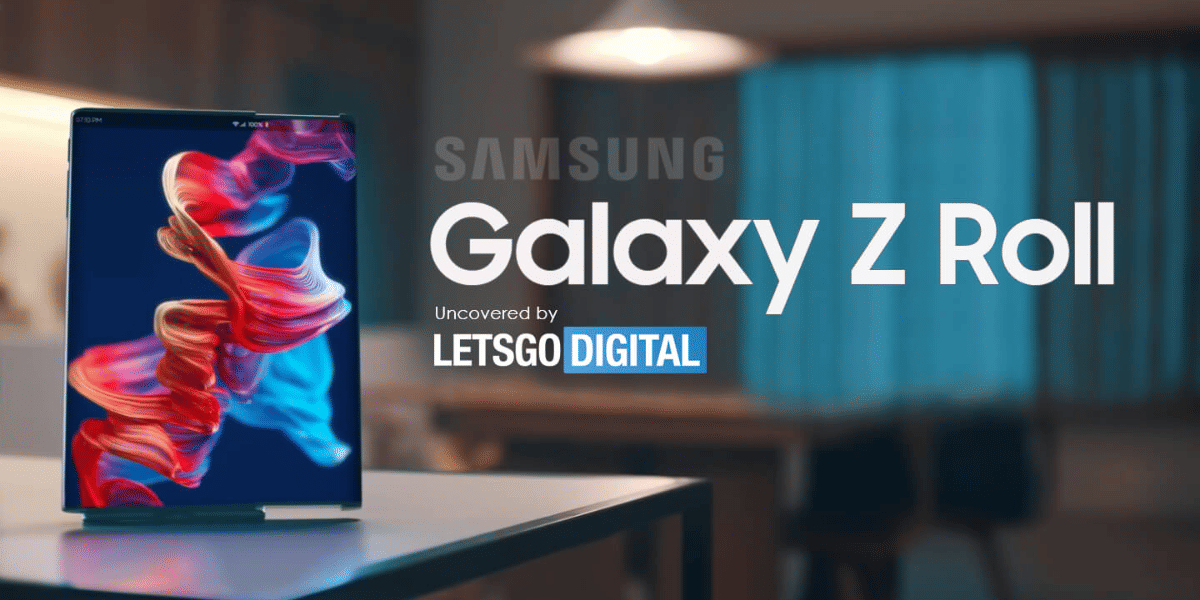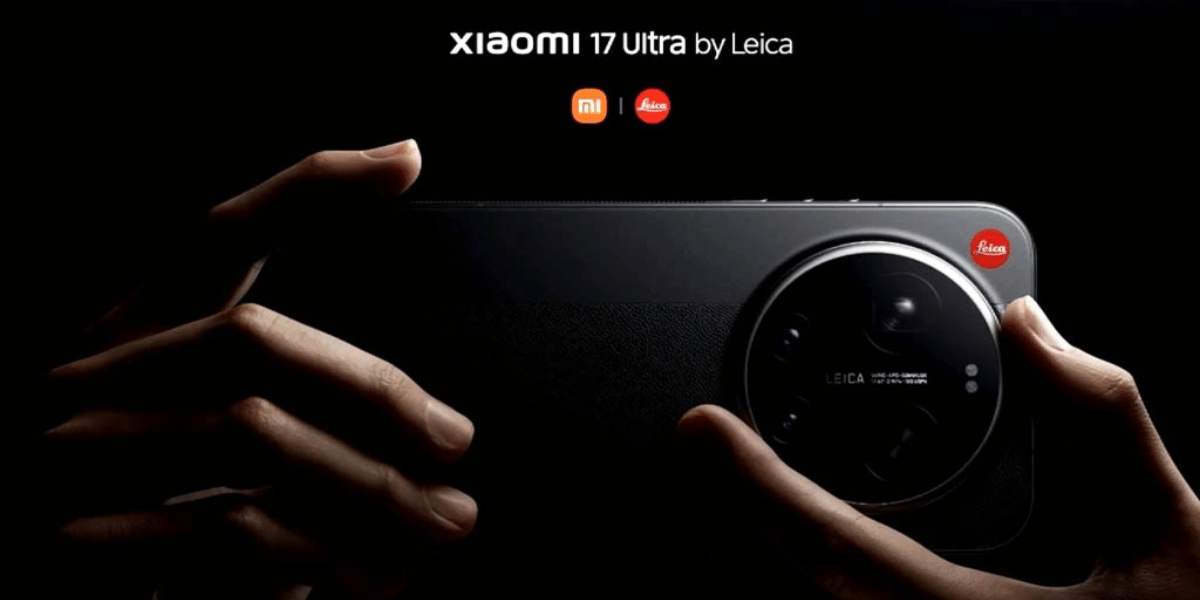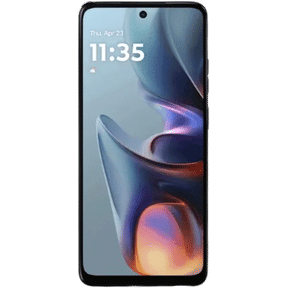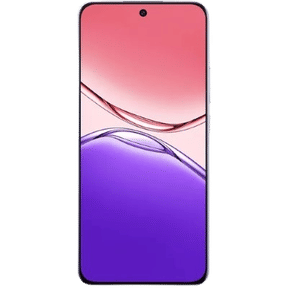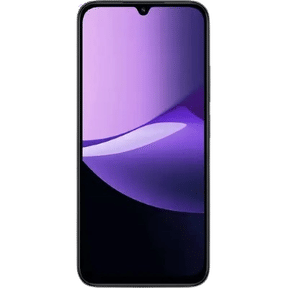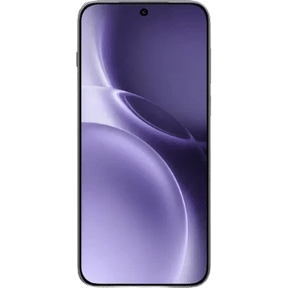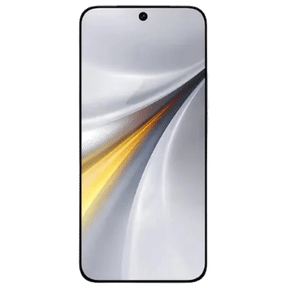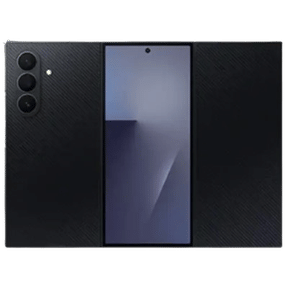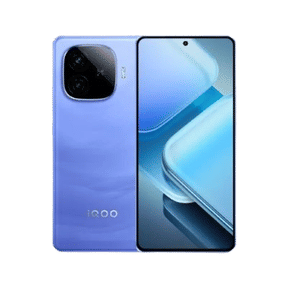Image Source: 9to5google
Approximately 45% of the world population now owns a smartphone which can either be an iPhone or an Android device but it is also true that people outside the US and the UK prefer to use devices running on Android over iPhone due to its affordability and wide range of choices. And with a large number of devices being announced by all OEM’s every month with innovative designs, features and specifications upgrade, people tend to upgrade their smartphones quite often.
Once you decide to upgrade your smartphone you need to transfer all your data including media files, contacts, messages, call logs, email accounts, and all your app data. This process is quite easy in case of an iPhone where you can backup all your data on iCloud and restore it back on your new iPhone. But in the case of Android the backup and restore process is not full-fledged and you still need to manually backup some parts of data that are not backed up by the google backup.
Read also: Tips To Capture Great Smartphone Pictures
Now, Android offers you the option to either backup everything on the cloud or take a manual backup and save it to your PC as well. As far as taking a backup on the cloud is concerned, you can take various backups such as the ability to save which apps are on your phone as well as save contacts to the cloud and even messages. But not everything can be backed up to the cloud so we are going to tell you how to perform a backup on your Android device.
Create a Google Backup
Image Source: androidcentral
First, we need to make sure that we have set up the ability to back up our settings and other information to the cloud.
- For this, you need to go to the Settings on your device and open “Accounts & Sync”
- Inside Accounts, you will see an option to “Auto-sync data” which needs to enabled. After that, tap on Google inside the Settings and click on the Gmail ID you are using as primary on the phone.
- From here, you will see all the options that can be backed up to the cloud such as your contacts, photos, app data, calendar events, Chrome tabs, your Google Fit data and more to your primary Gmail ID.
- After that, go to “Backup & Reset” from Settings and check “Back up my data”.
Once you have done this, it will automatically save everything that is stored on your device such as WiFi passwords, Google Apps data, the apps you have installed on your device as well as other important information that can be restored by you when you move to a new device with the same Gmail ID.
Read also: How To Use Dual WhatsApp On The Same Phone
Backup Media to your PC/Laptop
However, as we mentioned before, this method of backing up is not full proof as it does not backup messages and the media on your phone.
For that, you will have to use the manual method of backing up the data with the help of a micro USB cable. But things get easier when you have an SD card installed on your device as you can just remove it and back up on your PC. But, these days its really hard to find a smartphone that features a micro-sd card slot, so lets stick to a more generic method of using a micro-USB cable. So in order to transfer media files from your phone to your PC or laptop, connect the USB cable to your device and plug it into the PC.
Read also: How to take backup of iPhone
Then make sure that you have enabled File Transfer on your device and open File Explorer on Windows or Finder for Mac to browse your phone’s internal storage.
Now, copy everything that is present in your phone’s internal storage and back it up in a separate folder anywhere on your PC where you can find it later.
Once you are done copying everything, you can safely remove the device from your PC and the process will be completed.
Read also: How To Install Google Camera Mod In Any Android Smartphone
Back up Text messages & Call Logs
If you are someone who has a lot of important text messages on your Android device then it is also important that you take a backup of your text messages.
For this, you can make use of third-party apps such as SMS Backup+.
Make sure to install and open the app on your device and tap on the “Connect” button inside the app. After that, pick your Gmail account and grant SMS permission to the app and tap on “Backup” to start backing up your messages. This will store all your text messages inside Gmail which can be viewed by you in Gmail on any web browser under the “SMS” label.
If you want to restore the backed-up messages on your new device, you need to install the SMS Backup+ app on your new device and tap on “Restore” button. However, you will be asked to make SMS Backup+ as your default SMS app and you need to tap “Yes” on it. The app will not only restore all your messages but also the call logs too. The great thing about the app, however, is that once the messages are restored then you will be prompted to restore the SMS app that you had previously as the default.
Read also: OnePlus 8 Teaser




